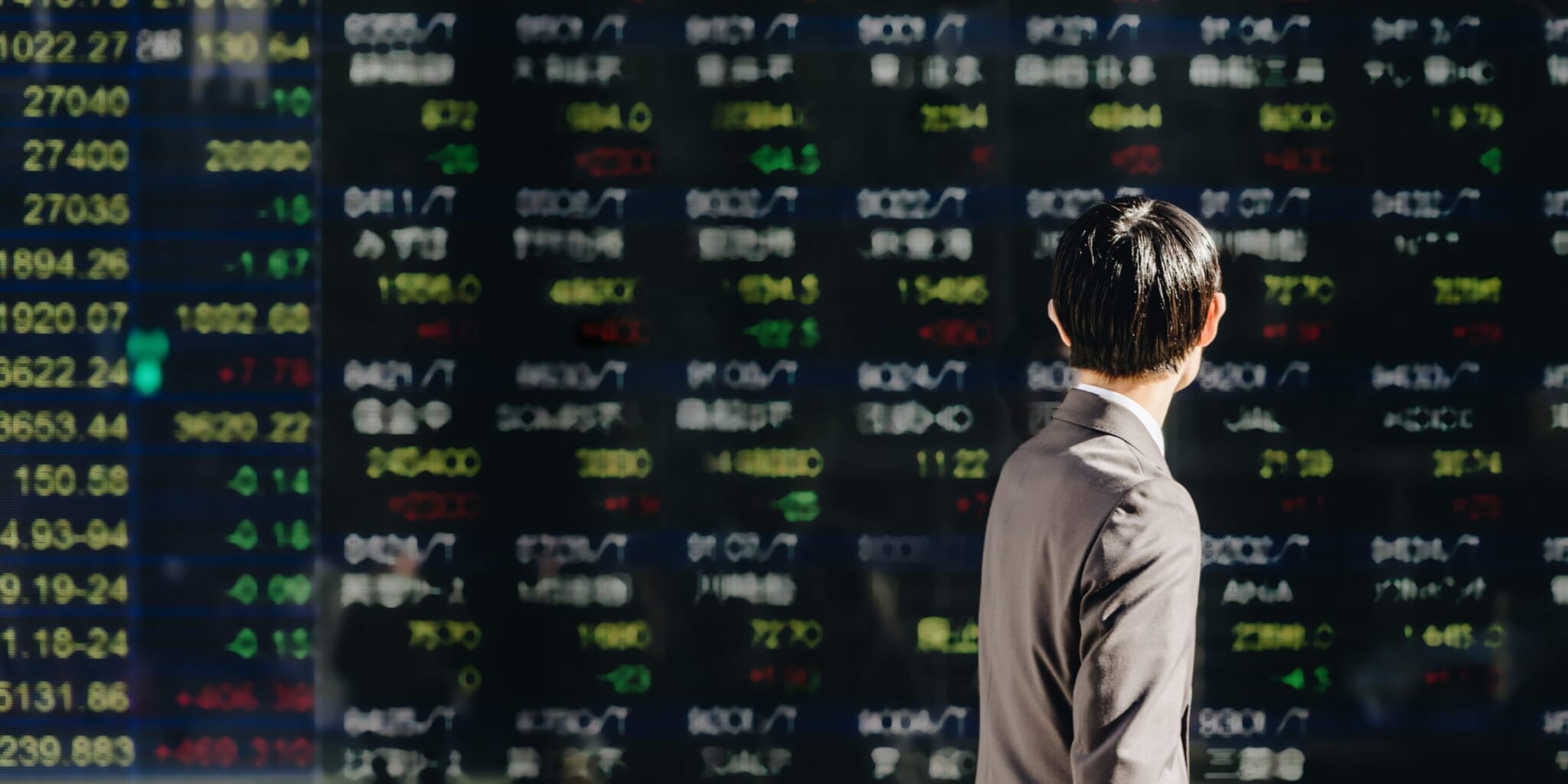The volatility is unprecedented. On Tuesday, the Nikkei Trade 225 bounced back, gaining more than 11% after tumbling 12.4% in what was its worst single day loss since 1987 on Monday. In the opening minutes of trading, it rose above the 34,000 mark. Only a few hours earlier, it had plummeted to 31,458.42. There were also rebounds on Wall Street, with S&P rising 0.9%, the Nasdaq increasing 1.2% and the Dow up 0.6%.
A Counter Rally From the Nikkei
Chris Weston, head of research at broker Pepperstone, said, “After the breathtaking and historic moves seen across Asian markets yesterday, driven predominantly by a significant liquidation of margin positions, we look for a solid counter rally on open today.” However, he added that there could be more fireworks in the coming months. “After such a furious shake-out of leveraged positioning, with Japanese banks absolutely taken to the cleaners, it will take the bravest of investors to buy with any conviction.”
With fears that the United States could be heading for a recession, share markets around the world tumbled on Monday. The Hang Seng Index in Hong Kong fell by 2%, while the Shanghai Composite Index dropped by 1.5%. It was a similar situation in Europe with London’s FTSE 100 falling by more than 2% at the open, the Paris CAC 40 2.2% down and Frankfurt’s DAX 2.4% into the red. In the U.S., the Dow slid 2.6%, the Nasdaq Composite dived 3.4% and the S&P 500 dropped 3%.
According to Goldman Sachs’ economist David Mericle, the chances of a U.S. recession in 2025, now stands at 25%, compared with the leading Wall Street bank’s previous estimate of 15%. However, he feels there is no need to panic as the “data look fine overall” and “does not see major financial imbalances.”








